TABLE OF CONTENTS
Introduction
Cast iron cookware has been a staple in kitchens for centuries, prized for its durability, heat retention, versatility and ability to develop a natural non-stick surface. Unlike stainless steel or non-stick pans, cast iron requires a special process called seasoning to keep it rust-free and naturally non-stick. So if you’ve just purchased a new cast iron pot or pan, you’ll need to season it properly before using it for the first time. Seasoning is the process of creating a protective layer of polymerized oil that prevents food from sticking and to protect the pan from corrosion.
This guide will take you through the step-by-step process of seasoning a new cast iron pot or pan , along with maintenance tips to keep it in excellent condition for years to come. We’ll cover:
- What is seasoning, and why is it important?
- Best oils for seasoning cast iron
- Step-by-step guide: how to season a new cast iron pot or pan
- Common seasoning mistakes to avoid
- How to maintain a well-seasoned cast iron pan
- Troubleshooting: Fixing rust, stickiness, and flaking
By the end, you’ll know exactly how to build and maintain a strong, slick seasoning layer that lasts for years.
What is Seasoning, and Why is It Important?
Seasoning refers to the process of coating a cast iron pan with a thin layer of oil and heating it to high temperatures, allowing the oil to polymerize and form a hard, non-stick coating. Different from Teflon or ceramic coatings, this layer is 100% natural and improves with use.
Why Seasoning Matters:
Prevents rust: Cast iron is prone to rust if exposed to moisture. Seasoning creates a protective barrier against oxidation.
Creates a non-stick surface: With repeated seasoning, the surface becomes naturally non-stick, reducing the need for excessive oil when cooking. Also, a well-seasoned pan releases food easily.
Improves flavor: A well-seasoned cast iron pan enhances the taste of food over time, because seasoned iron develops a patina that adds depth to dishes.
Extends the lifespan of your cookware: Proper seasoning ensures your cast iron lasts for generations.
Some manufacturers sell “pre-seasoned” cast iron cookware, but even those can benefit from additional seasoning to strengthen the protective coating.
How Seasoning Works (The Science Behind It)
When oil is heated past its smoke point, it polymerizes—meaning its molecules bond into a hard, slick coating. This layer fills microscopic pores in the iron, creating a smooth, protective barrier.
Best Oils for Seasoning Cast Iron
Not all oils work equally well. The best oils for seasoning have:
✅ High smoke point (so they polymerize without burning)
✅ Low moisture content (to prevent stickiness)
| Oil Type | Smoke Point | Best for Seasoning? |
| Flaxseed oil | 225°C (437°F) | ★★★★★ (Best overall) |
| Grapeseed oil | 216°C (420°F) | ★★★★☆ |
| Canola oil | 204°C (400°F) | ★★★☆☆ |
| Crisco (shortening) | 182°C (360°F) | ★★★☆☆ |
| Olive oil | 160-190°C (320-375°F) | ★★☆☆☆ (Too low) |
| Butter | 150°C (302°F) | ★☆☆☆☆ (Avoid) |
Best Choice: Flaxseed oil (for durability) or grapeseed oil (more affordable).
Avoid: Butter, olive oil, and low-smoke-point oils (they create a sticky, weak layer).
Step-by-Step Guide: How to Season a New Cast Iron Pot or Pan
What You’ll Need:
- New cast iron skillet or Dutch oven
- High-smoke-point oil (flaxseed, grapeseed, or canola)
- Paper towels or lint-free cloth
- Oven
- Aluminum foil (optional)
Step 1: Wash and Dry the Pan Thoroughly
New cast iron often has a factory coating (to prevent rust in storage). Before seasoning, it's crucial to remove any residue, dirt, or protective coatings applied by the manufacturer.
Wash with warm, soapy water and a sponge (yes, soap is fine for the first wash! But avoid steel wool unless removing rust.).
Rinse thoroughly, then dry immediately with a towel, then place the pan on a stove over low heat for a few minutes to evaporate any remaining moisture.
Step 2: Apply a Thin Layer of Oil
To season the pan, you need to coat it with a high-smoke-point oil. Suitable options include:
- Flaxseed oil (one of the best for polymerization)
- Canola oil
- Vegetable oil
- Grapeseed oil
- Lard (traditional but can go rancid if stored improperly)
How to Apply the Oil:
- Pour ½ tsp of oil into the pan.
- Use a paper towel to spread the oil evenly over the entire surface, including the bottom and handle.
- Wipe off excess oil. The pan should have a very thin layer. (Key Tip: Wipe off excess oil—too much will make the seasoning sticky.)
Step 3: Bake the Pan in the Oven
Now it’s time to heat the pan so the oil can bond to the metal.
- Preheat your oven to 400-450°F (200-230°C).
- Place a sheet of aluminum foil on the lower rack to catch any drips.
- Place the pan upside down on the top rack to ensure an even coating.
- Bake for 1 hour, allowing the oil to polymerize.
- Turn off the oven and let the pan cool completely inside before removing it.
Step 4: Repeat for a Stronger Seasoning Layer
For a more robust seasoning, repeat steps 2 and 3 two to three times. The more layers you build, the better the non-stick and rust-resistant properties will be.
Step 5: Stovetop Seasoning (Quick Maintenance Method)
If your pan is already seasoned but needs a refresh, use this fast stovetop method:
- Heat the pan on medium until warm.
- Add ½ tsp oil and spread with a paper towel.
- Continue heating until the oil smokes lightly.
- Let cool, then wipe off excess.
- Best for: Quick touch-ups between deep seasonings.
Common Seasoning Mistakes to Avoid
❌ Applying too much oil: Thick layers won’t polymerize properly, leaving a sticky surface. Always wipe off excess oil before baking.
❌ Using low-smoke-point oils: Some oils, like olive oil or butter, burn at lower temperatures and may not season well.
❌ Not heating enough → Oil won’t polymerize properly.
❌ Not drying the pan completely: Water exposure leads to rust. Always dry and heat the pan briefly after washing.
❌ Using metal utensils harshly: While cast iron is durable, excessive scraping can remove seasoning layers.
❌ Soaking in water: Never leave a cast iron pan soaking, as this leads to rust.
❌ Washing with soap every time → Strips seasoning (occasional soap is fine).
❌ Scrubbing with steel wool → Destroys the seasoning layer.
How to Maintain a Well-Seasoned Cast Iron Pan?
Once seasoned, your cast iron cookware requires ongoing maintenance. Here’s how to keep it in top shape:
1. Cleaning After Each Use
- Avoid using dish soap unless necessary. Instead, clean with warm water and a soft sponge.
- If food is stuck, use coarse salt and a paper towel to scrub it off.
- Dry the pan thoroughly after washing to prevent rust.
2. Reapplying Oil
- After each wash, apply a thin layer of oil to the surface while the pan is still warm.
- Store in a dry place to prevent moisture buildup.
3. Restoring a Rusty Pan
If your cast iron starts rusting:
- Scrub the rusted area with steel wool or a stiff brush.
- Wash, dry, and re-season using the steps above.
4. Proper Storage
- Store cast iron in a dry place.
- Place a paper towel or cloth between stacked pans to prevent scratching.
- Avoid storing food in the pan, as acids and moisture can degrade the seasoning.
Troubleshooting: Fixing Rust, Stickiness & Flaking
Problem: Rust Spots
✅ Fix: Scrub with steel wool, rinse, dry, then re-season.
Problem: Sticky Residue
✅ Fix: Heat the pan to burn off excess oil, then wipe clean.
Problem: Flaking Seasoning
✅ Fix: Strip with oven cleaner or sandpaper, then re-season from scratch.
Conclusion
Seasoning a new cast iron pot or pan is an essential step to ensure its longevity and optimal performance. By following the steps outlined above—washing, applying a thin layer of oil, baking at high temperatures, and repeating the process—you’ll create a durable, non-stick surface that will only improve with use.
Regular maintenance, including proper cleaning, oiling, and avoiding common mistakes, will keep your cast iron cookware in perfect condition for decades. Whether you're cooking steaks, frying eggs, or simmering stews, a well-seasoned cast iron pan will become an invaluable tool in your kitchen. Are you looking for a knife set that match your cast iron cookware set? Why not take a look at imarku 14 piece knife set with block collection and choose the one you like?
Pro Tip: The more you cook with it (especially fatty foods like bacon or fried eggs), the better your seasoning will become!
Now it’s your turn: Have you seasoned cast iron before? What’s your favorite oil to use? Share your tips in the comments!
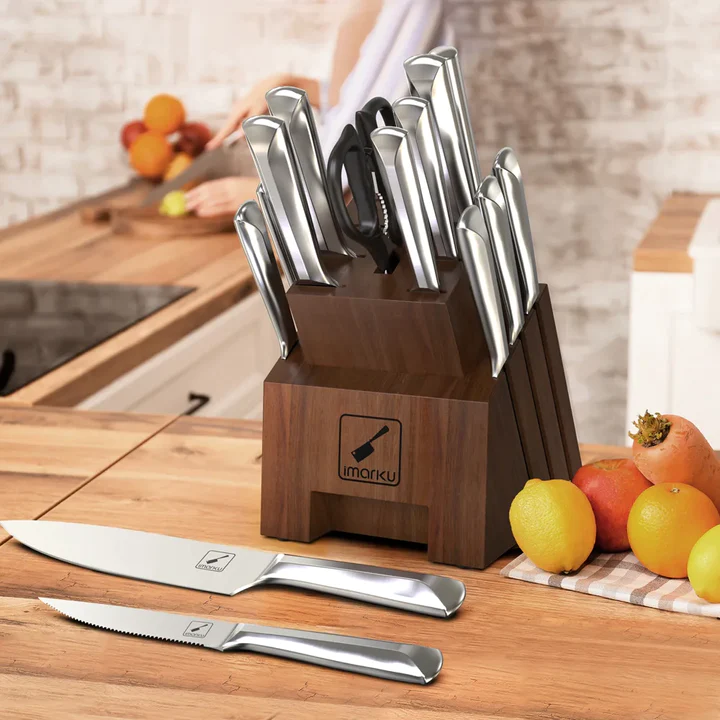
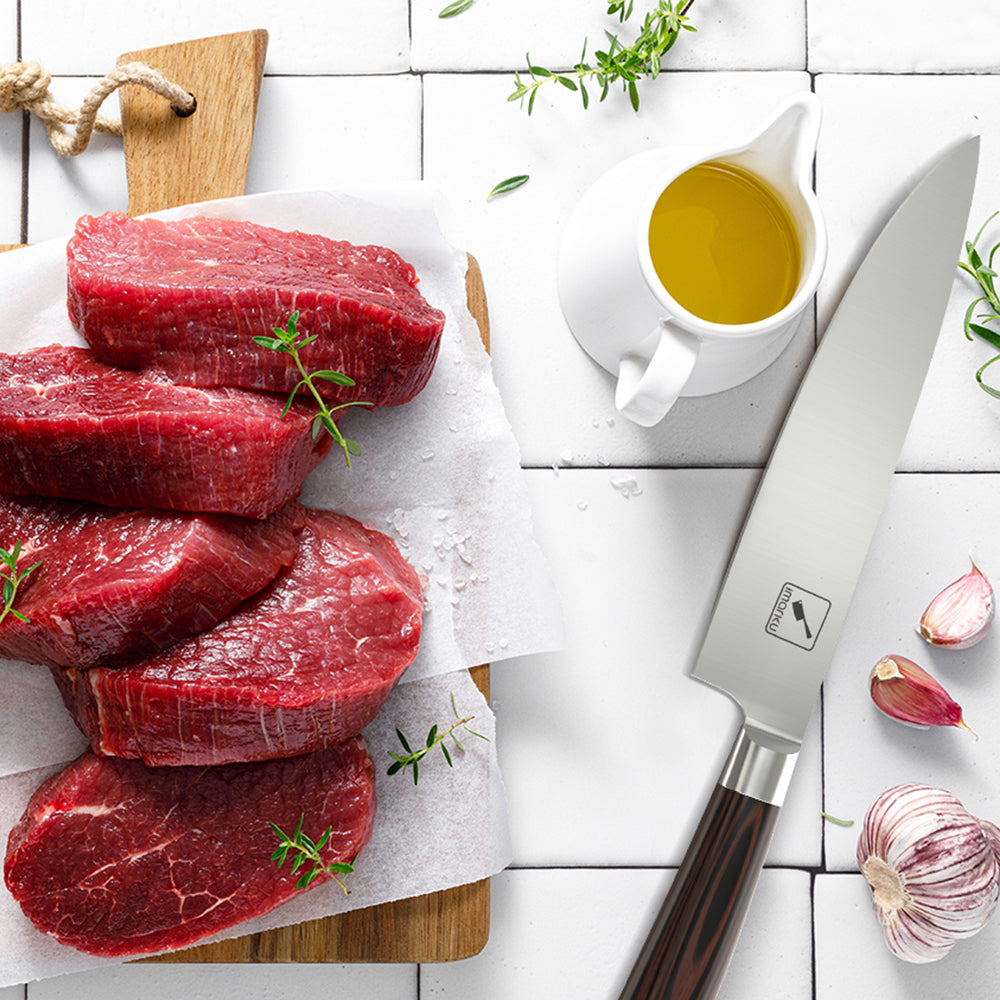



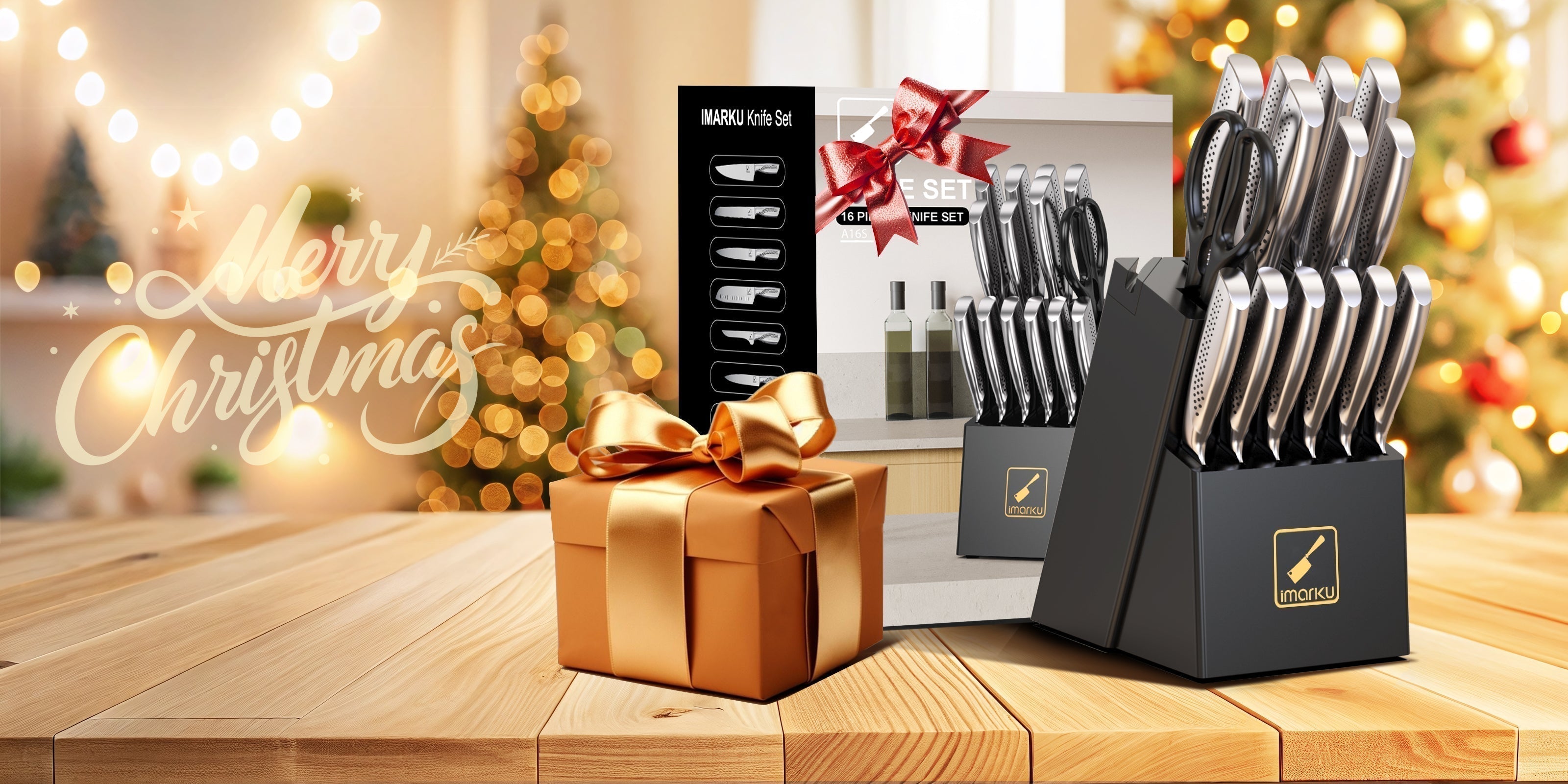
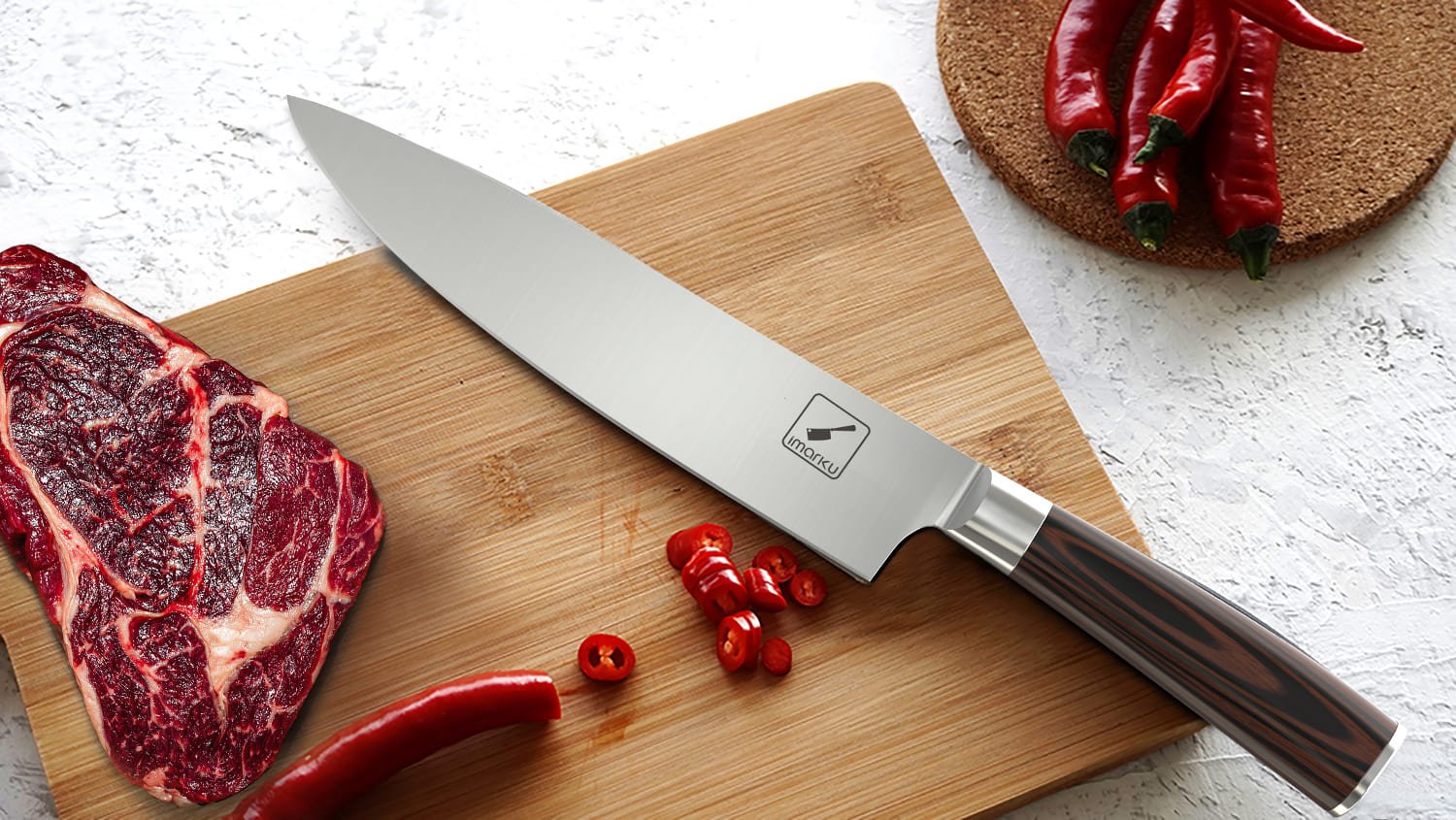


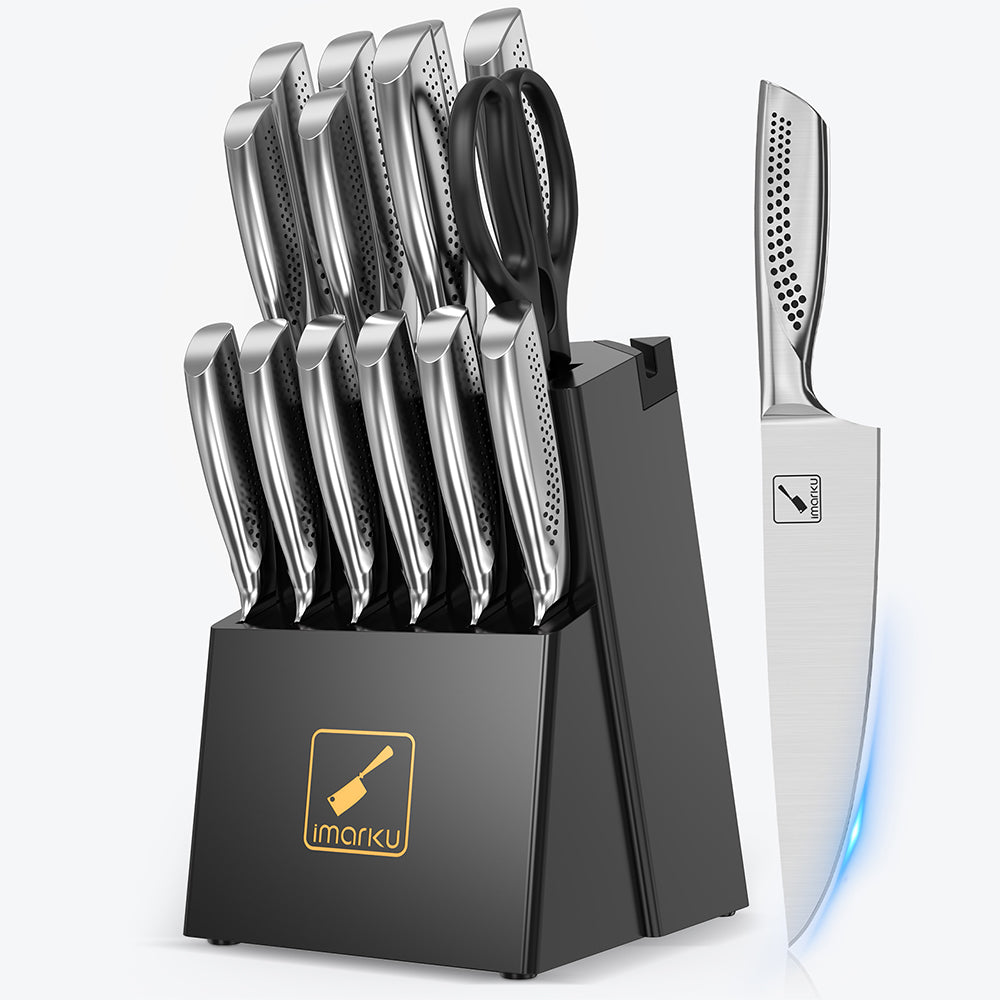
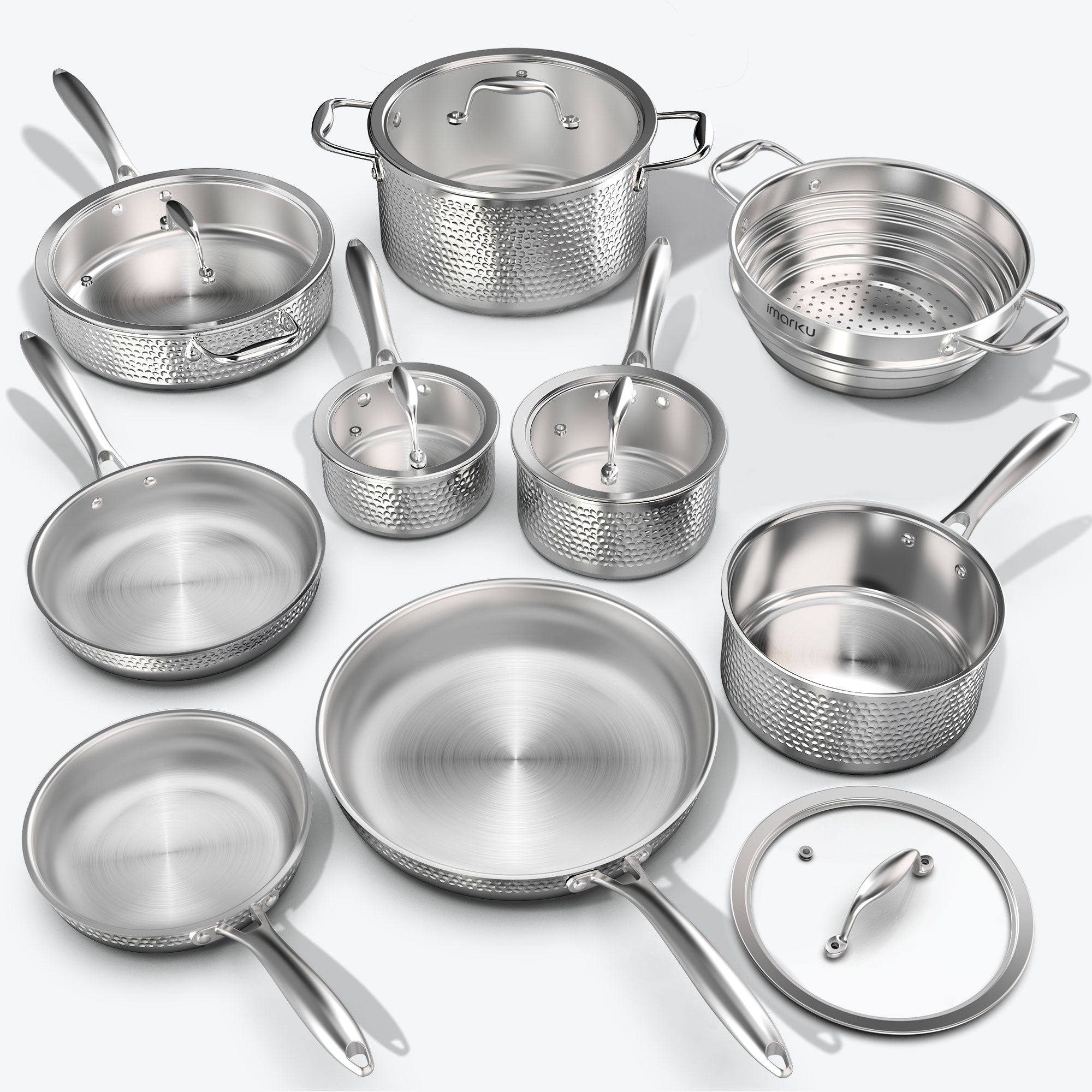
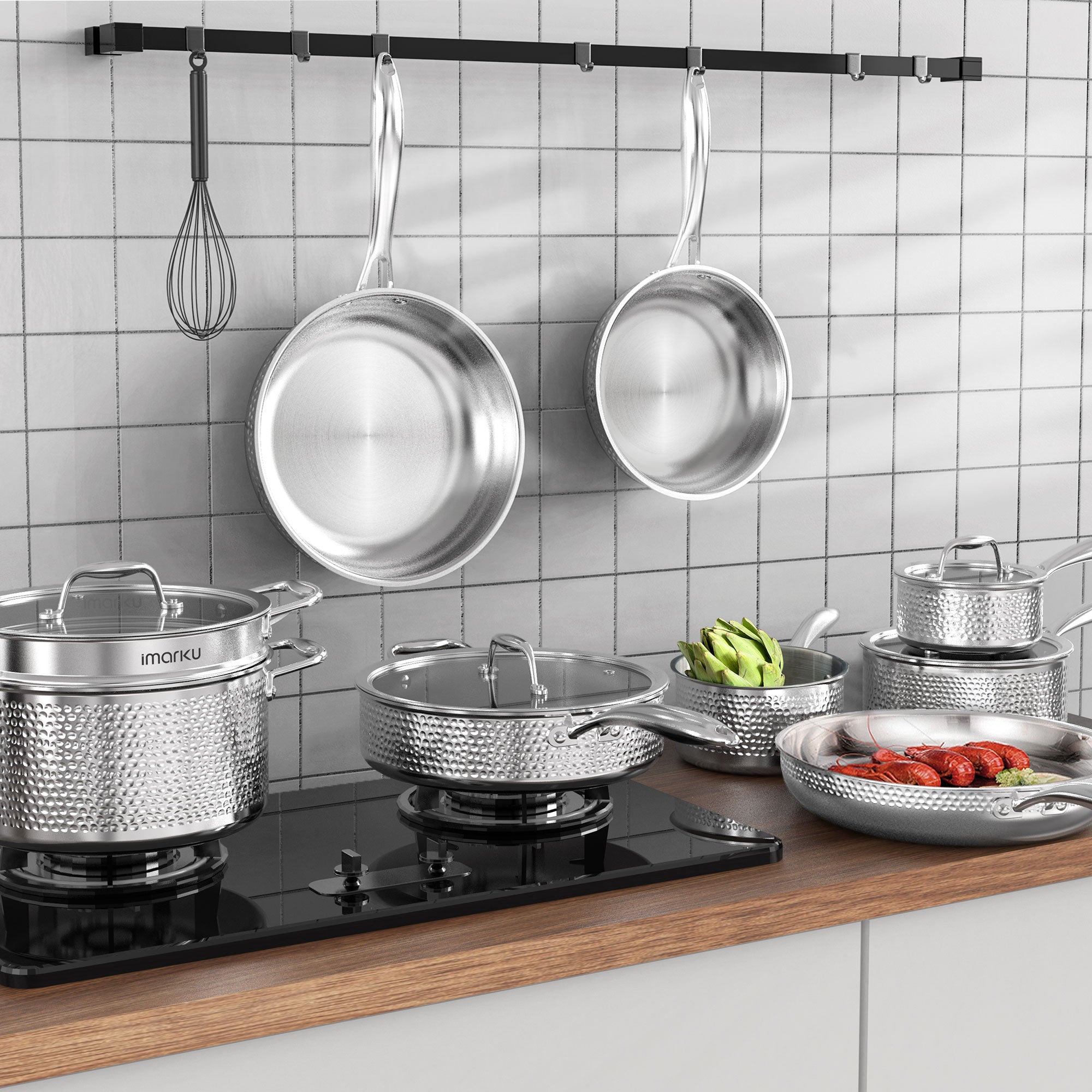
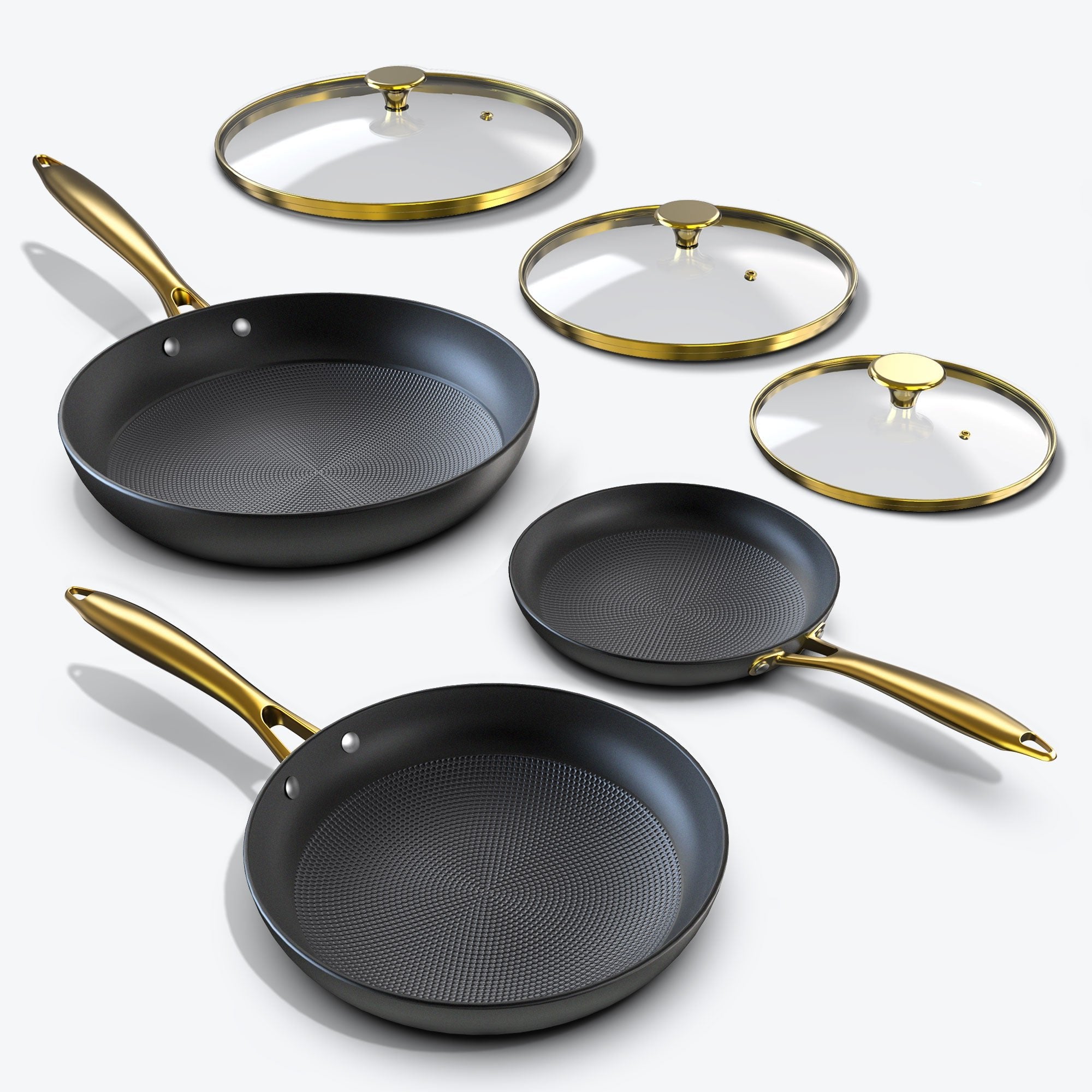
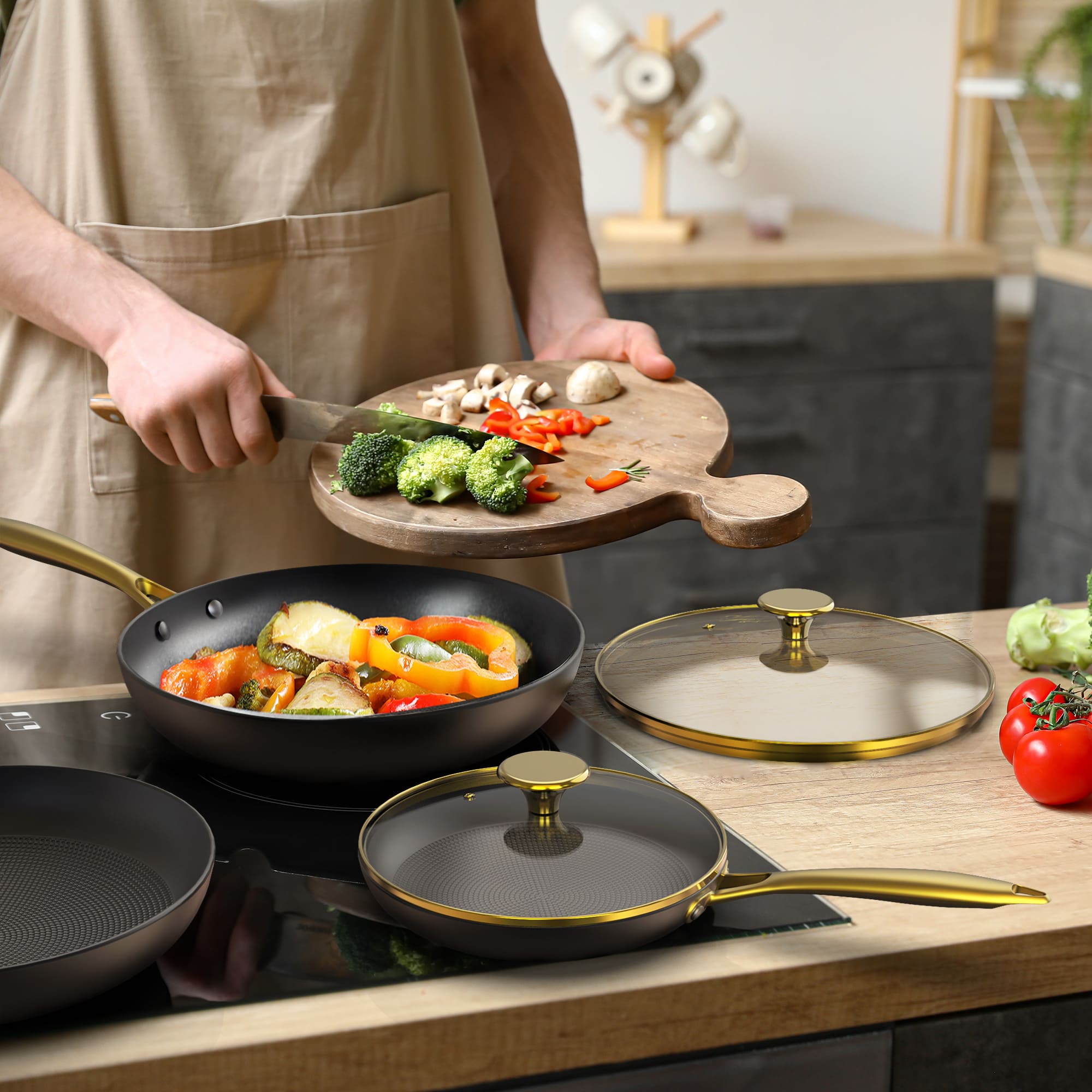
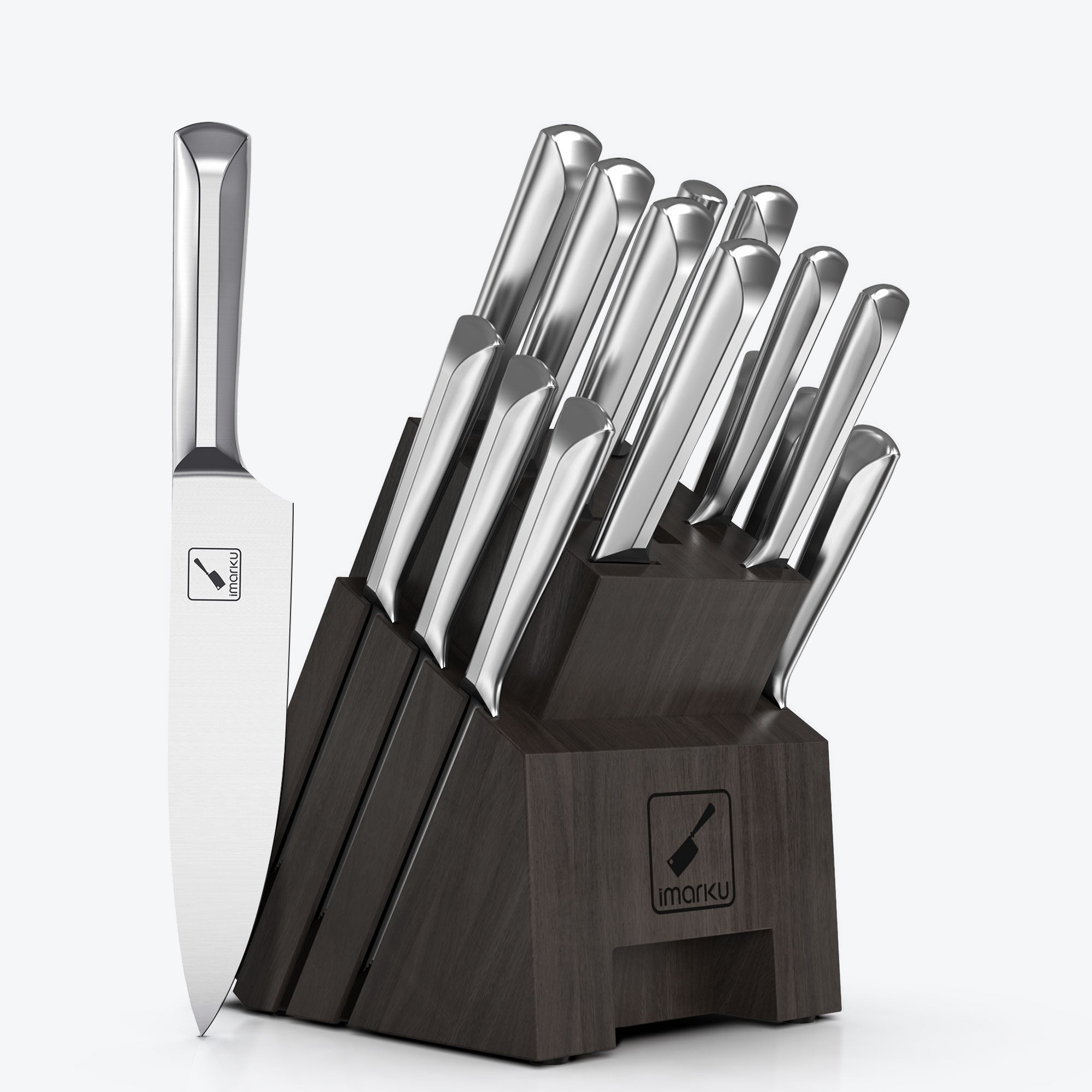
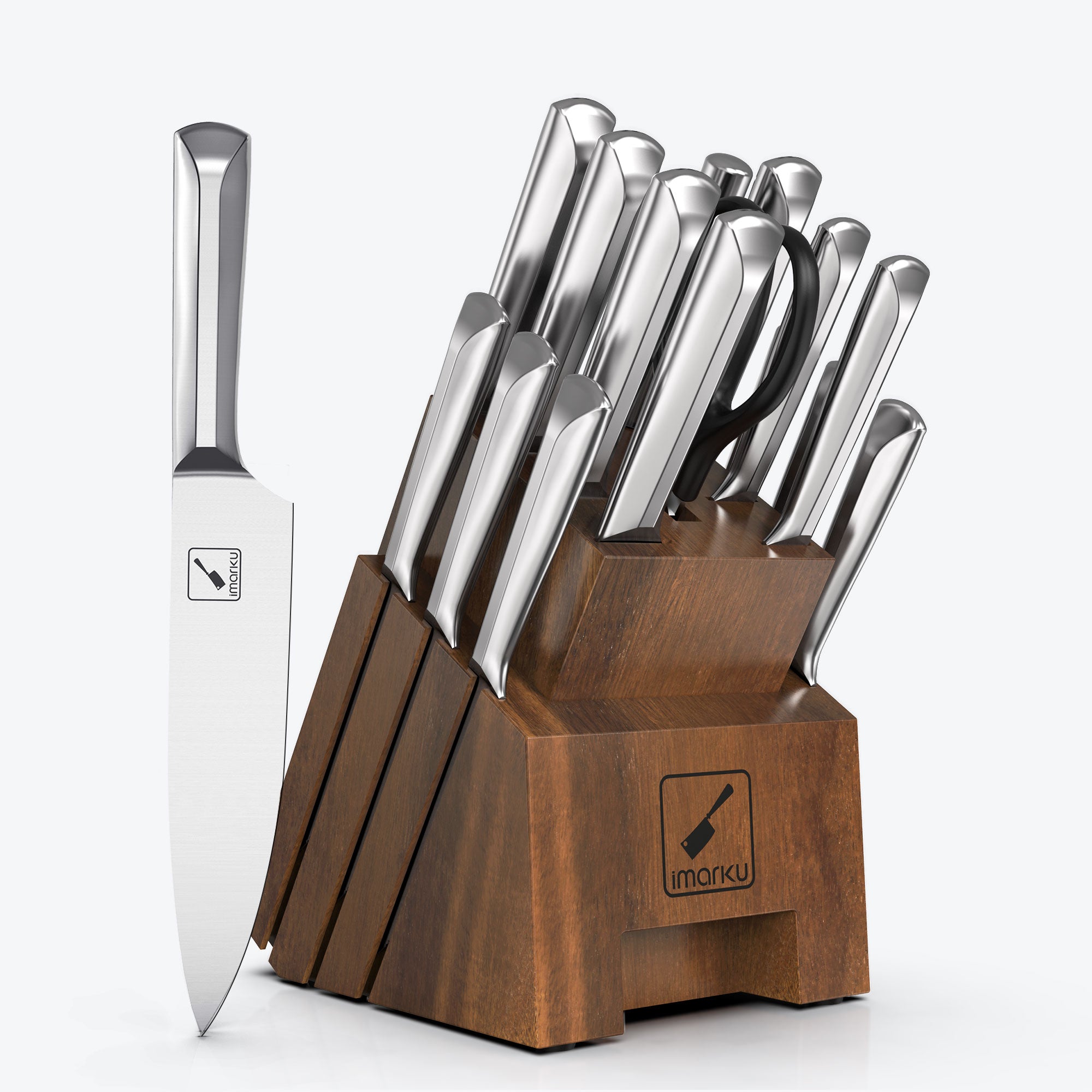
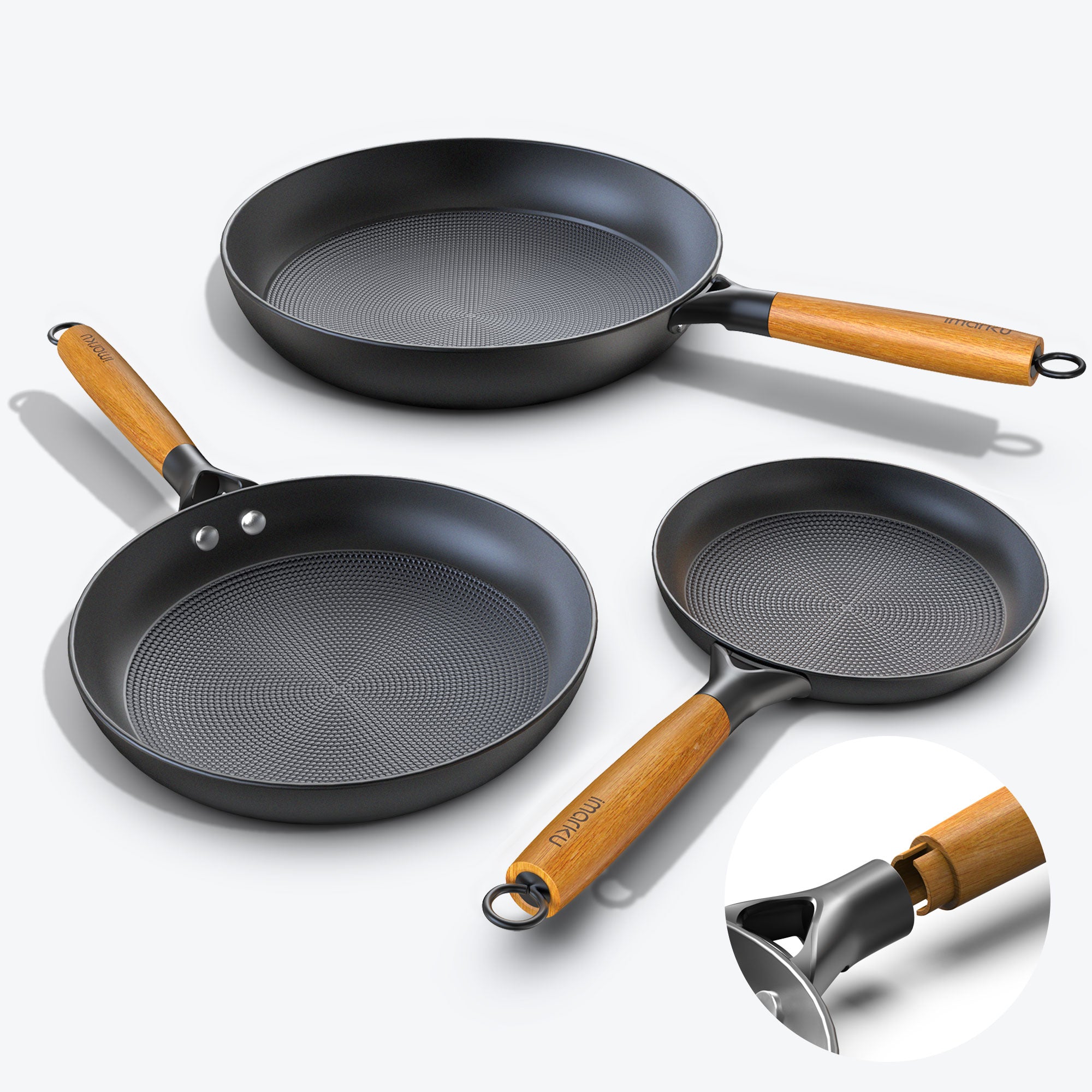
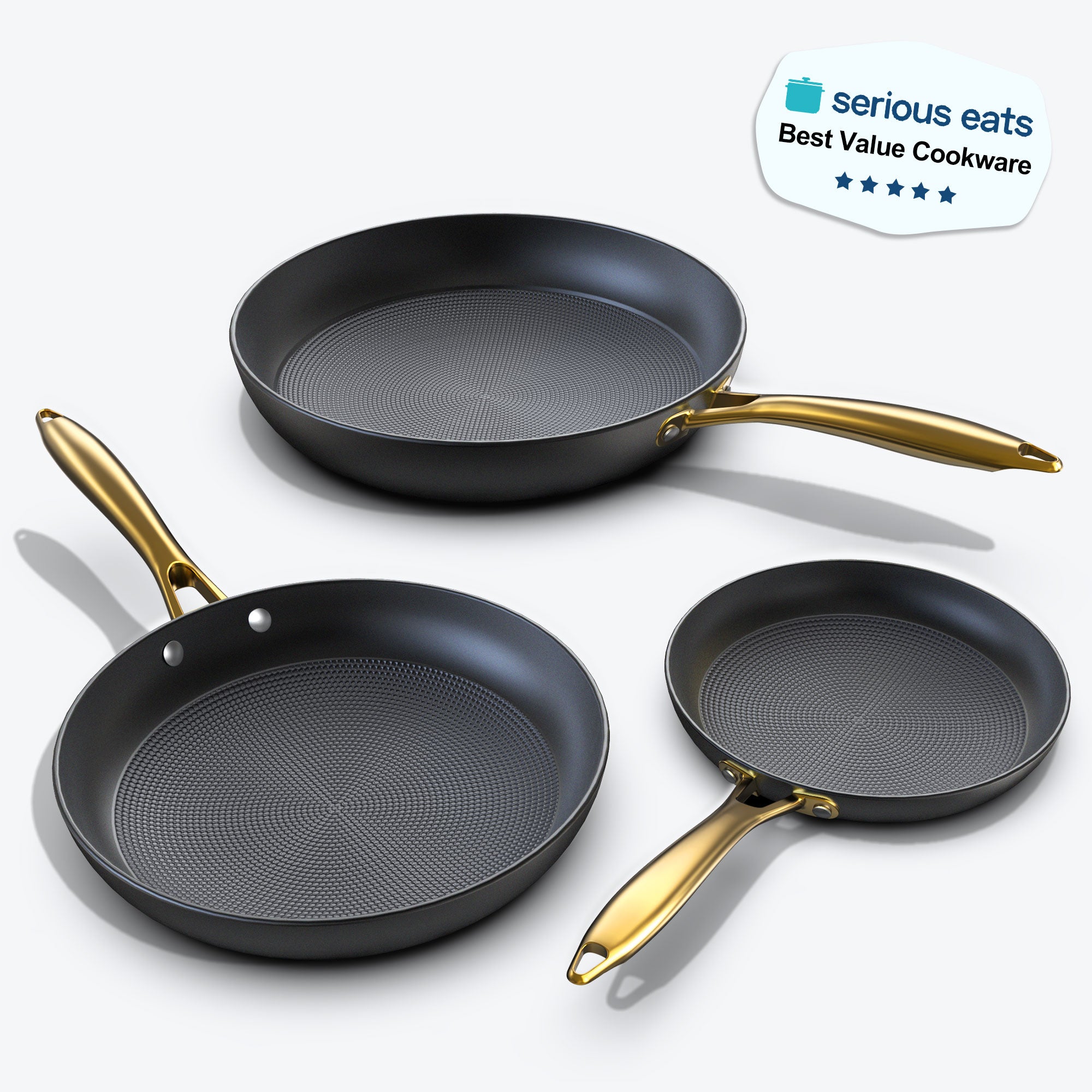
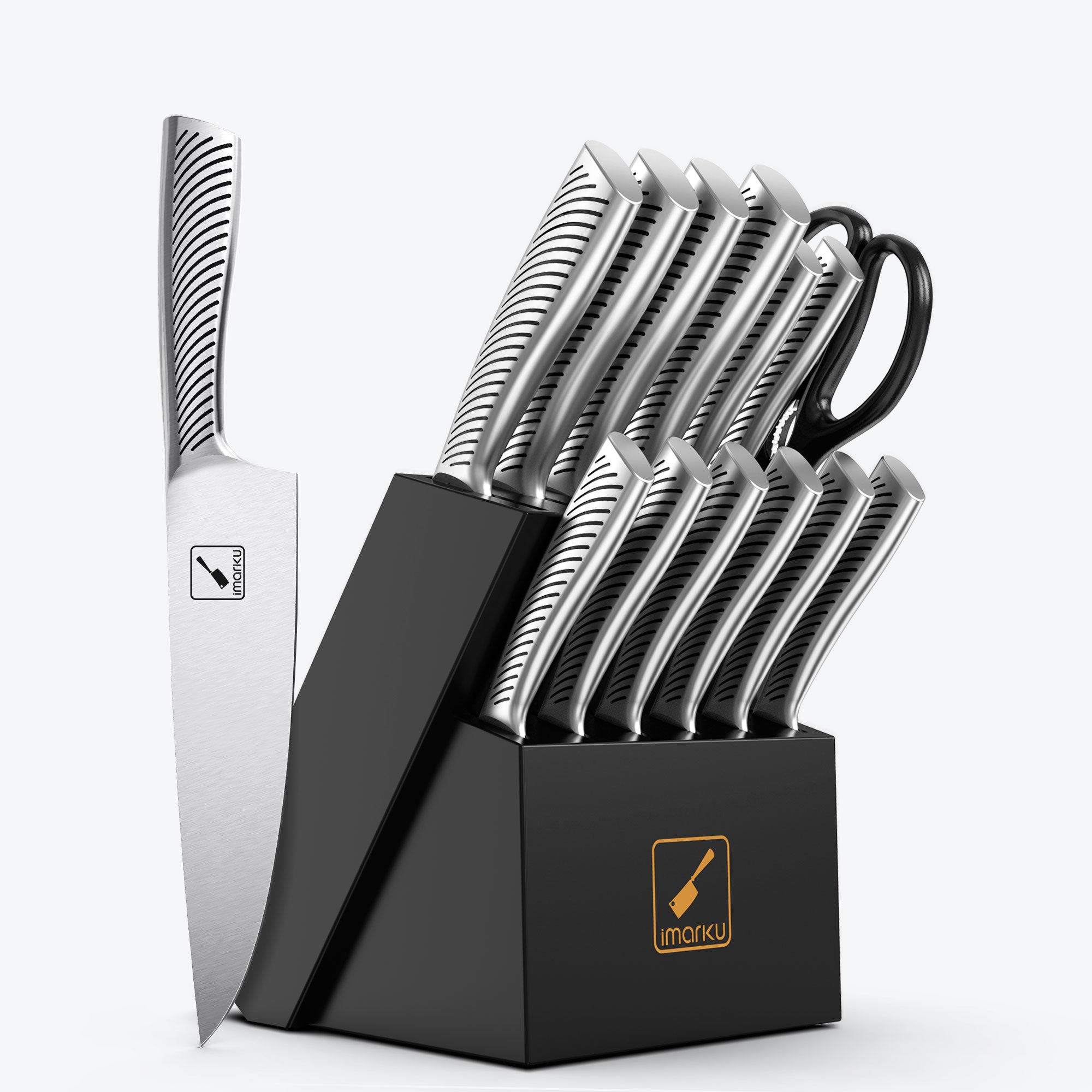
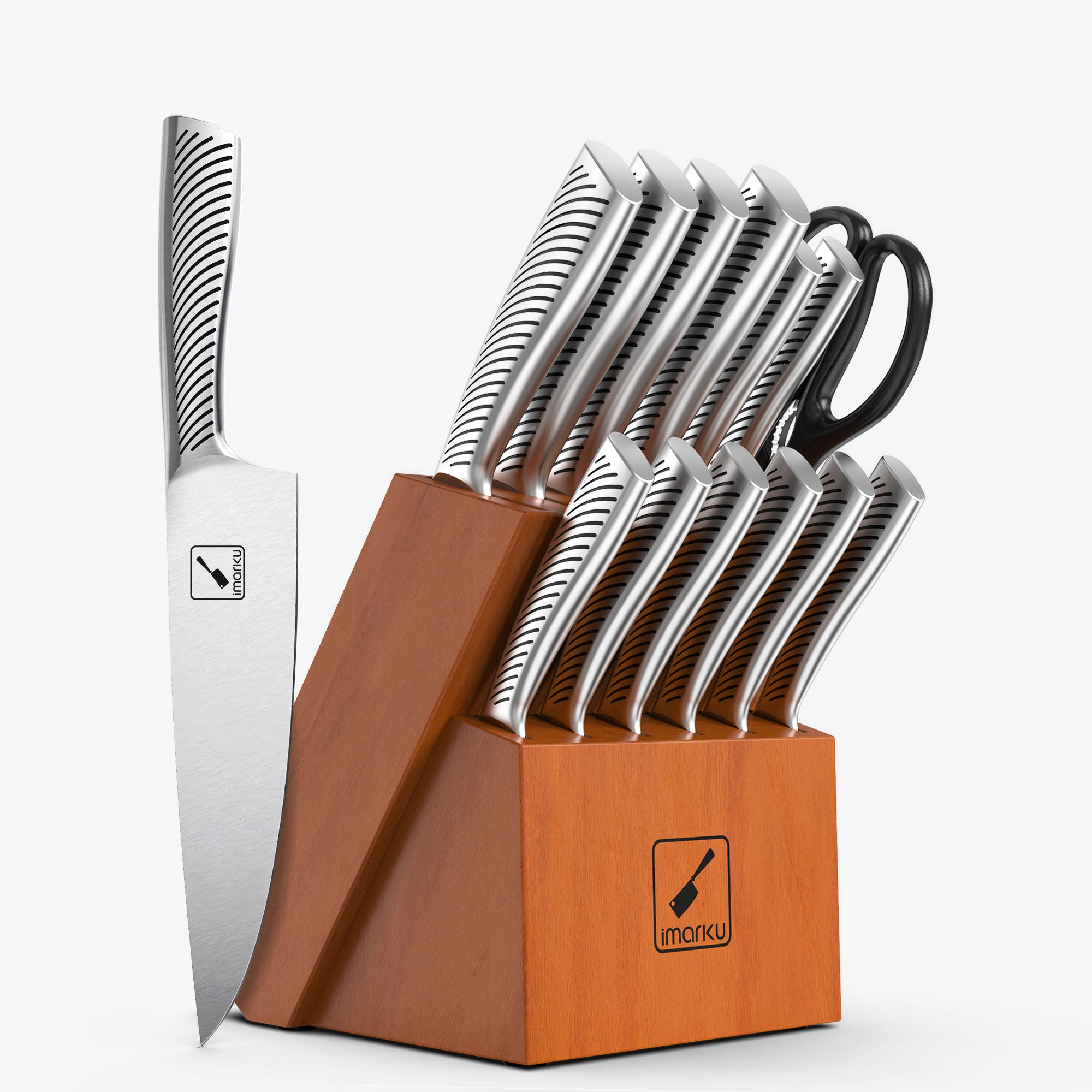
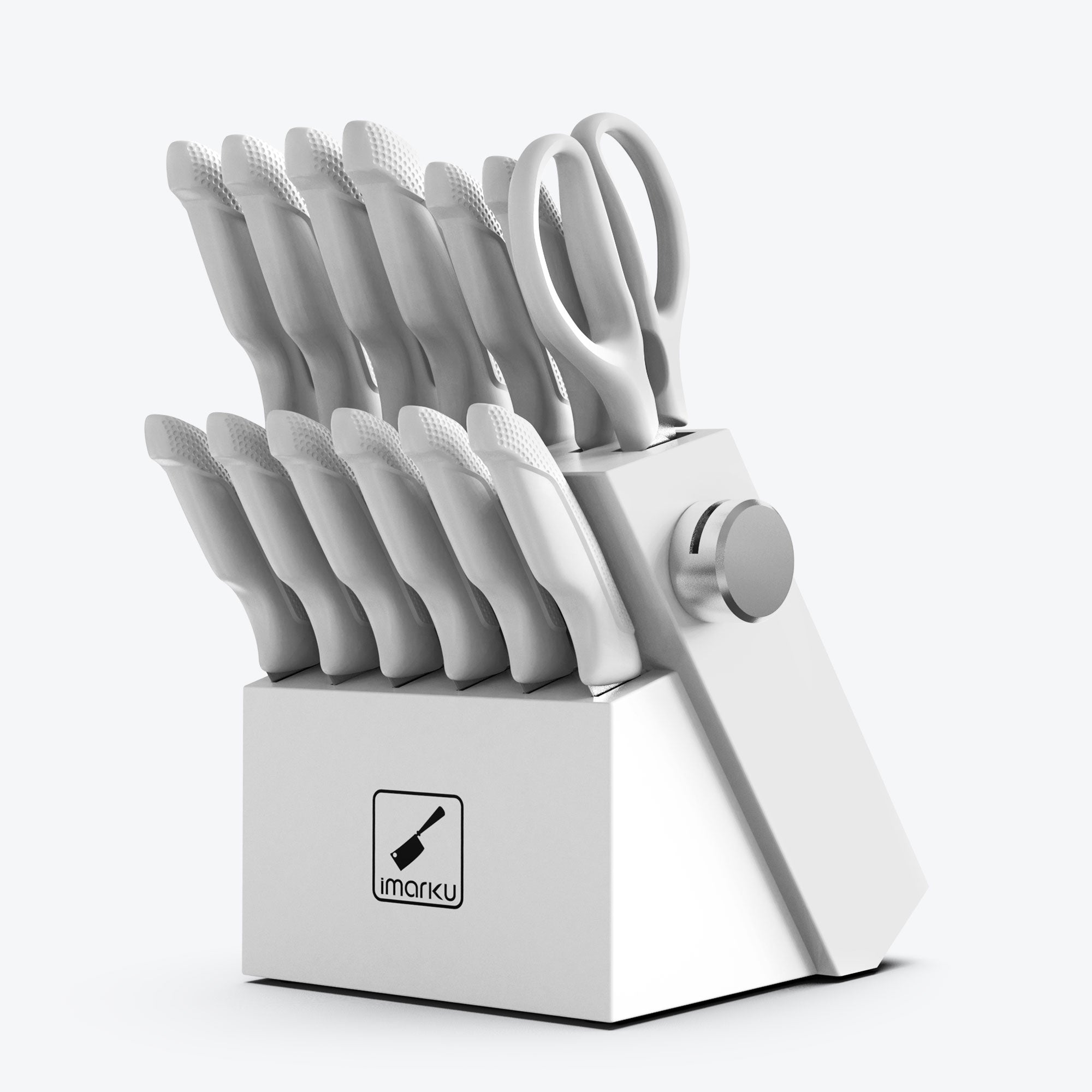
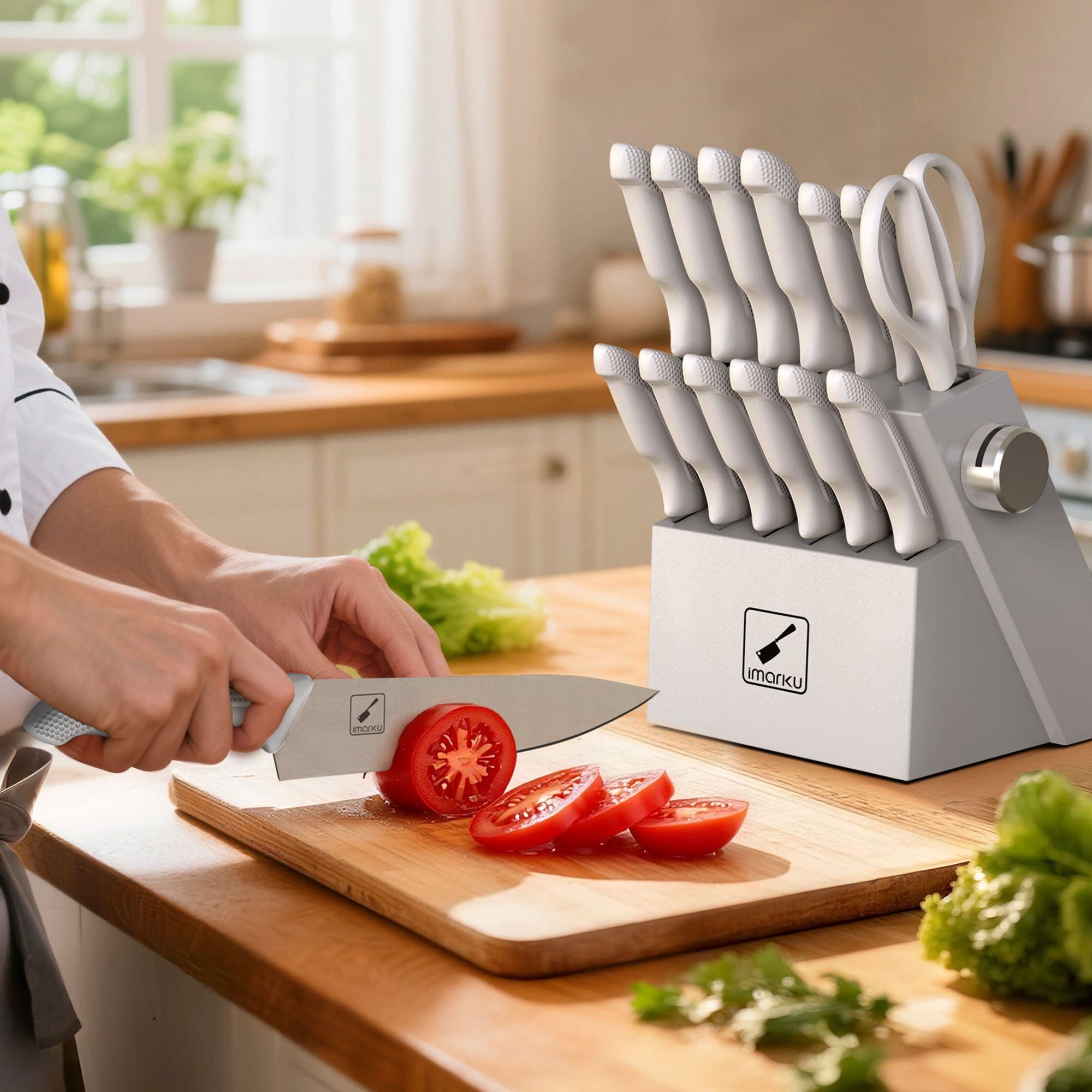
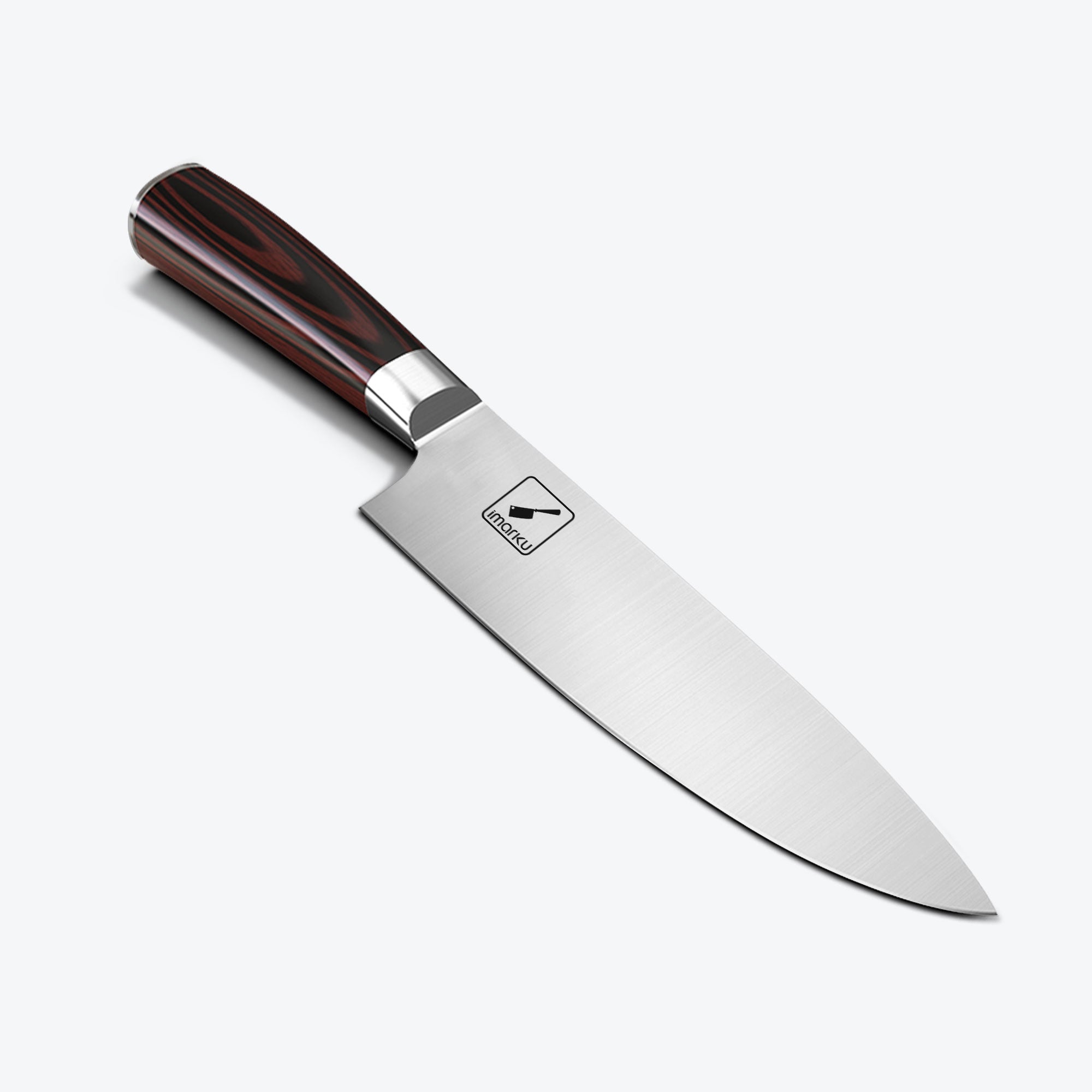
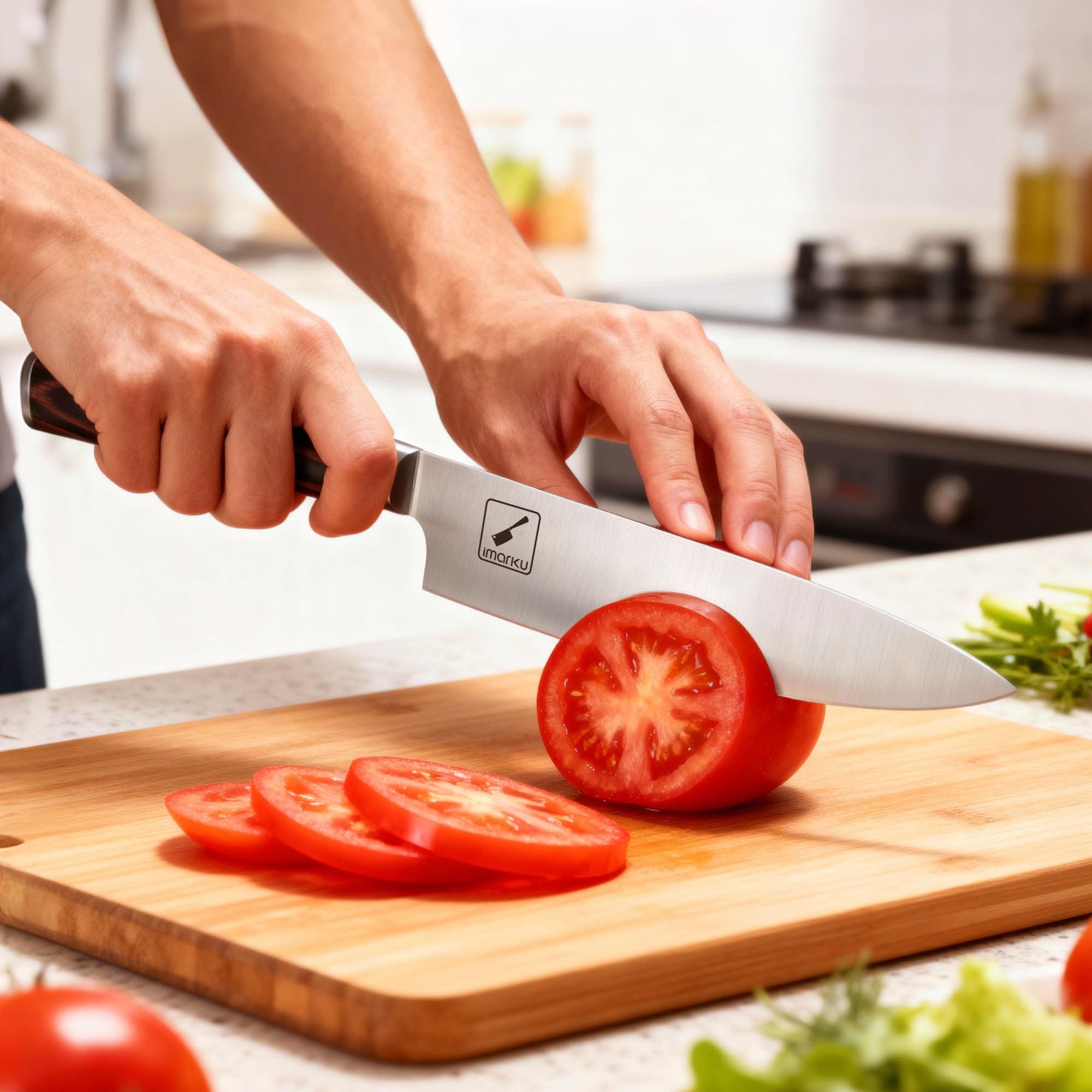
Leave a comment
All comments are moderated before being published.
This site is protected by hCaptcha and the hCaptcha Privacy Policy and Terms of Service apply.